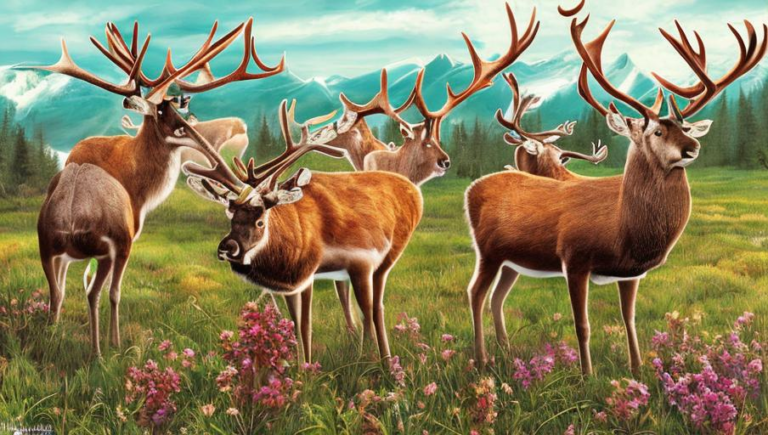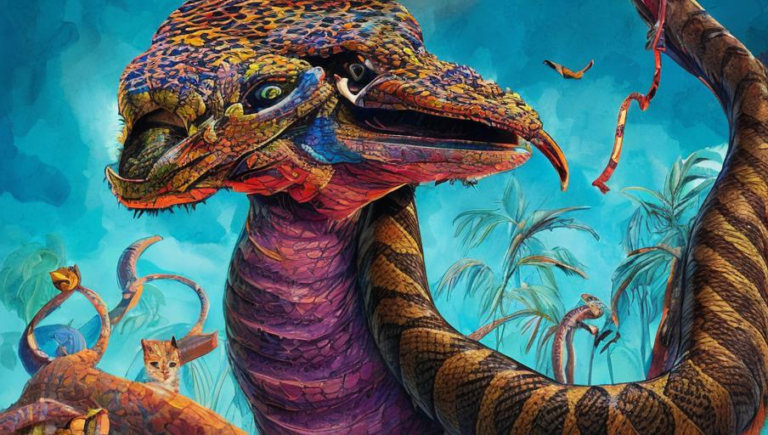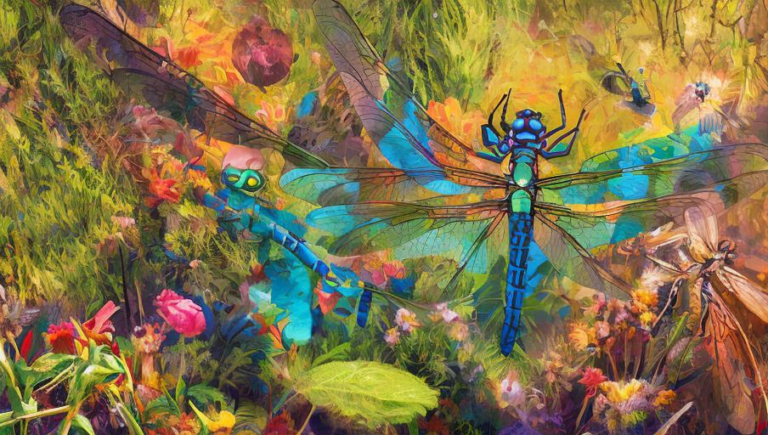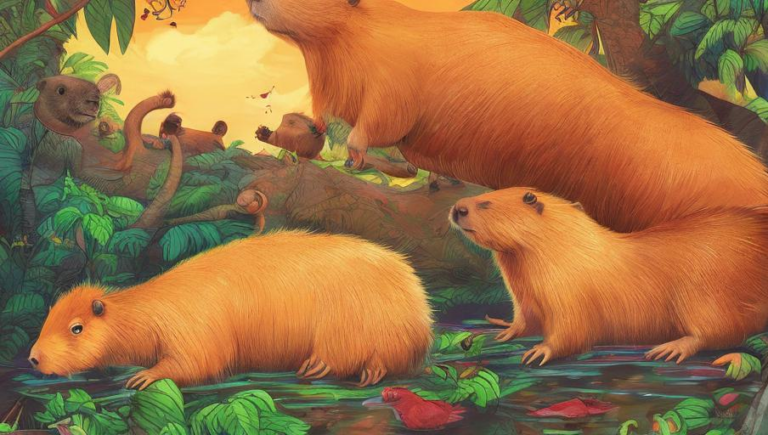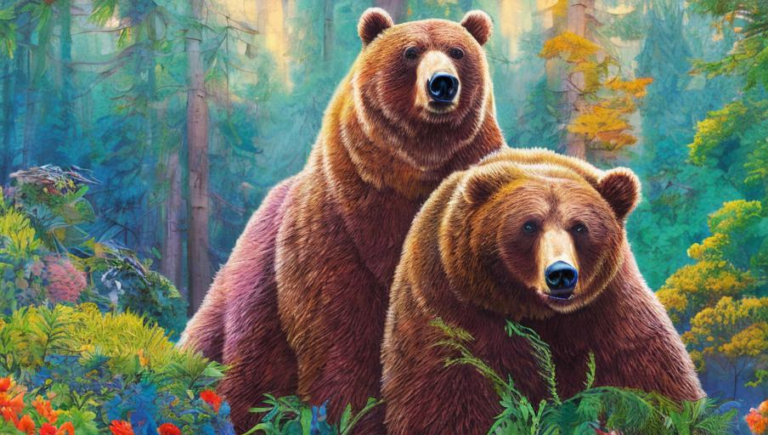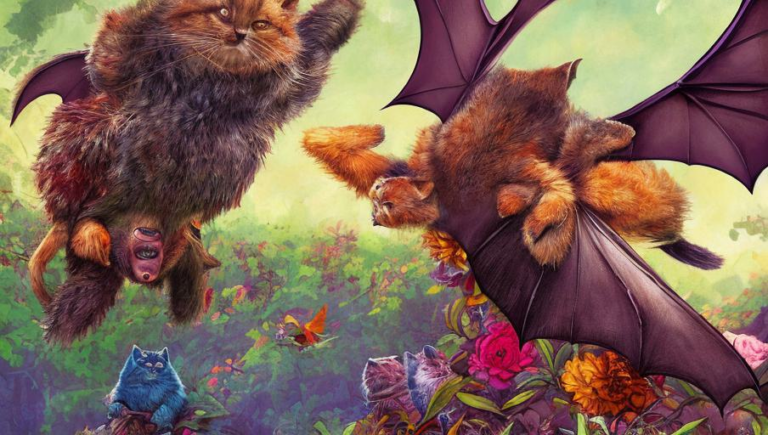Outsmarting Humans: The Adaptability of Deer
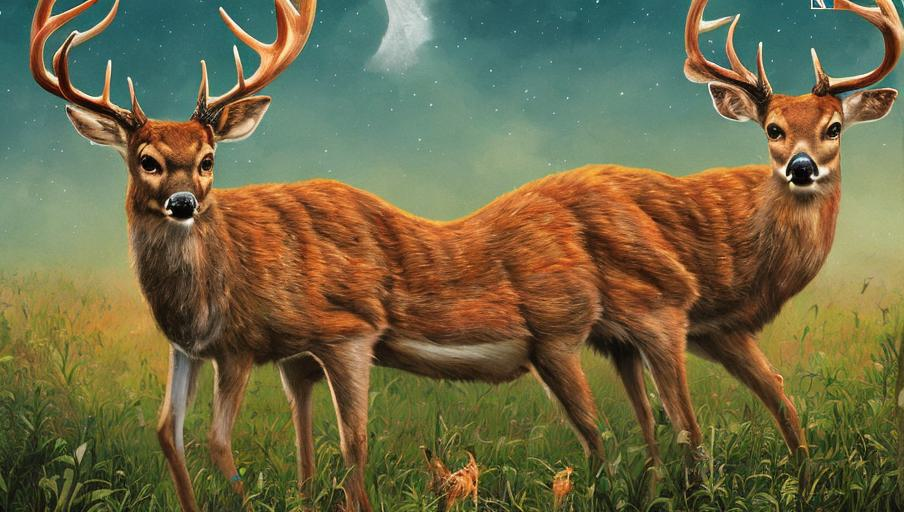
The Challenge of Adapting to a Changing Environment
The deer is a species of mammal that is known for its adaptability and resilience. Found in many parts of the world, deer are capable of living in a variety of conditions, from forests to grasslands to wetlands. This is due in part to their ability to adapt to changes in their environment, such as changes in climate, food sources, and predators. This ability makes them one of the most successful species in the world.
Life in the Wild
In the wild, deer must be able to adjust to their surroundings in order to survive. This includes being able to sense danger and flee, finding food sources, and avoiding predation. The deer’s keen senses of sight, hearing, and smell help the species detect potential threats, while its agility and speed allow it to escape danger quickly. Deer must also be able to find food sources, such as grasses, nuts, and berries, and adjust their diets to the changing seasons.
Outsmarting Humans
Deer have also had to adapt to the presence of humans. As people have encroached on the deer’s natural habitat, deer have had to become increasingly creative in order to survive. For example, deer have been known to use their senses to detect the presence of humans, such as by recognizing vehicle noise or the smell of human food. Additionally, deer have been known to take advantage of human-made structures, such as fences, to avoid predation. Finally, deer have been known to use roads and highways to travel, as they provide a safe and convenient way to get around.
Conclusion
The adaptability of deer is a remarkable testament to the species’ ability to thrive in a changing environment. From being able to recognize potential danger and find food sources to outsmarting humans, the deer is a resilient species that has demonstrated its capacity to survive and thrive.
